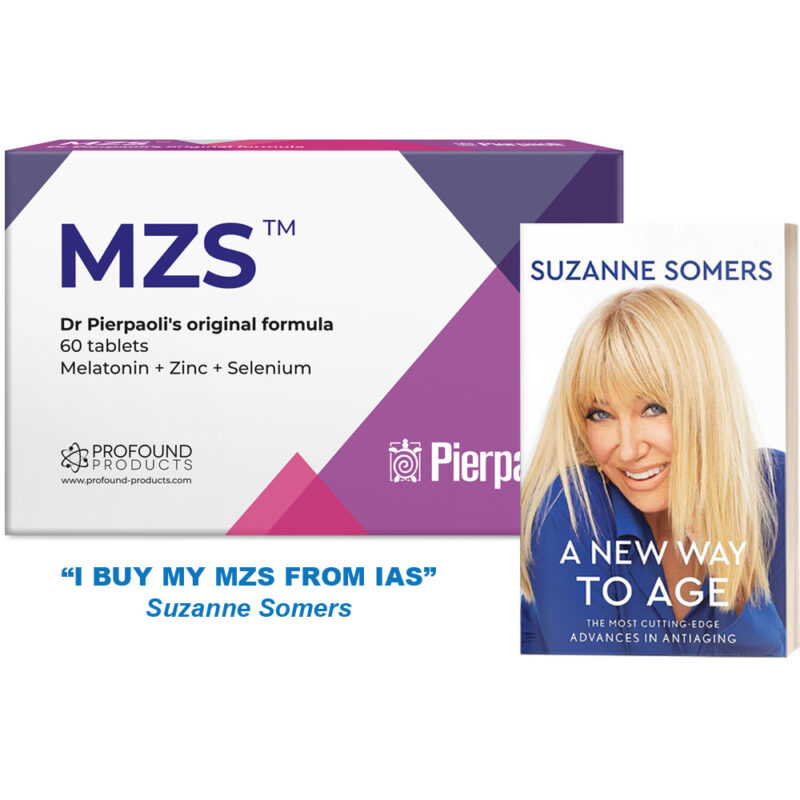Age Related Macular Degeneration (AMD)
Age related macular degeneration (AMD) leads to the loss of your central vision, affecting your ability to read, write and drive.</p
AMD generally affects people over the age of 50 and occurs in around a third of all people aged over 75.
There are two types of AMD – dry and wet. Dry AMD occurs in approximately 90 per cent of cases and is the least easy to recognise. This is because it develops gradually, whereas, Wet AMD can happen very quickly.
Both forms of macular degeneration start in the same way. As you get older, the natural cell tissue that covers your retina gets thinner and waste products that enter the central ‘macula’ are no longer efficiently exchanged for nutrients. As the waste builds up, your macula becomes impaired.
There is currently no cure for the condition but sufferers of Dry AMD can compensate for the loss of the gradual deterioration by using magnifying glasses, large print text and large size buttons on equipment to ease the problems caused by this eye condition.
Wet AMD may cause serious loss of vision to a sufferer within around two years but there are treatments to slow down its impact.
How do you spot AMD? Be aware that, sometimes, only one eye is affected and your other eye may adapt to compensate. This could deter you from seeking medical help as soon as possible.
Tell-tale signs of Dry AMD could be:
- You need brighter light when reading
- Print and handwriting appears blurred
- You have difficulty recognising faces
By contrast, symptoms for the much rarer Wet AMD occur more rapidly. Sufferers may see distorted lines and experience sudden blind spots.
Can AMD be treated?
The first step is to visit your Ophthalmologist who will carry out a series of tests on your retina including use of the Amsler grid – vertical and horizontal lines with a dot in the middle. This may be followed by retinal imaging to assess the extent of the damage.
Ranibizumab can also help slow the loss of visual sharpness in around 90 per cent of people trialled and photodynamic therapy is also available for AMD sufferers. A low-powered laser is shone into the affected eye after a medicine called Verteporfin has been injected. The laser activates the Verteporfin which destroys the abnormal cells that are causing problems in the macula.
Can you reduce the risks of AMD?
There is no cure for AMD and, while medical treatments may lessen or slow its impact, there are certain lifestyle factors which have been shown to increase the risks of age-related macular degeneration:
- Smoking
- Excessive sunlight
- Alcohol
The best advice is to reduce the risks of these factors while, at the same time, being aware of the symptoms of AMD.
A healthier lifestyle will also help you handle AMD by making it easier for you to make changes to compensate for the deterioration in your vision.
